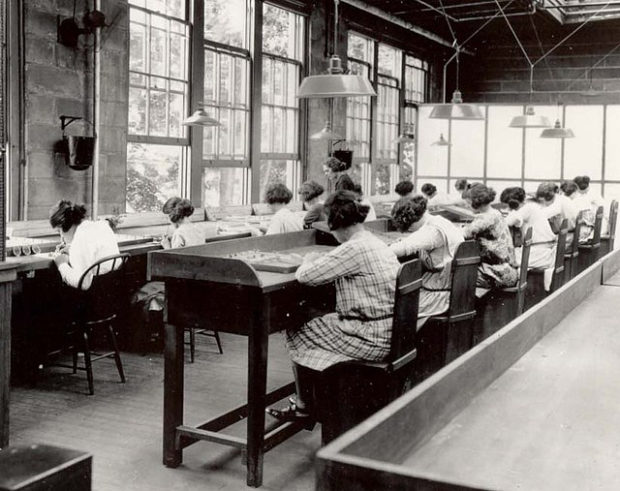In 1898, Marie Curie– a physicist from Warsaw, Poland– made the groundbreaking discovery of radium.
Only a little over a decade later, the strong radioactive element was successfully used to treat cancer. But, the so-called miracle element’s adverse effects still remained largely unknown.
After World War I began in 1914, there was a substantial demand for military dials and watches. Throughout the United States, factories dedicated to creating these war-time necessities started to pop up.
Radium became renowned for its success in treating cancer as well as its glowing and luminous properties. So, many commercial manufacturers began to incorporate radium into products such as cosmetics and toothpaste.
The element’s glow also sparked inspiration among the production of military dials and watches. If painted with radium, the hands of the clocks would glow in the dark.
Thus, radium became a staple of these world war-spurred factories. Since painting such tiny dials is a tedious and meticulous job, though, young women became the ideal employees for factory owners.
Hundreds of women, later known as the “radium girls,” became coveted for their smaller hands that could produce highly detailed paintwork.
While working in the factories, radium dust would spew into the air causing the women’s skin, hair, and clothes to glow. At the time, the devastating effects of over-exposure to radium were unknown.

Wikimedia Commons; pictured above women paint radium onto watches in a factory
Sign up for Chip Chick’s newsletter and get stories like this delivered to your inbox.


